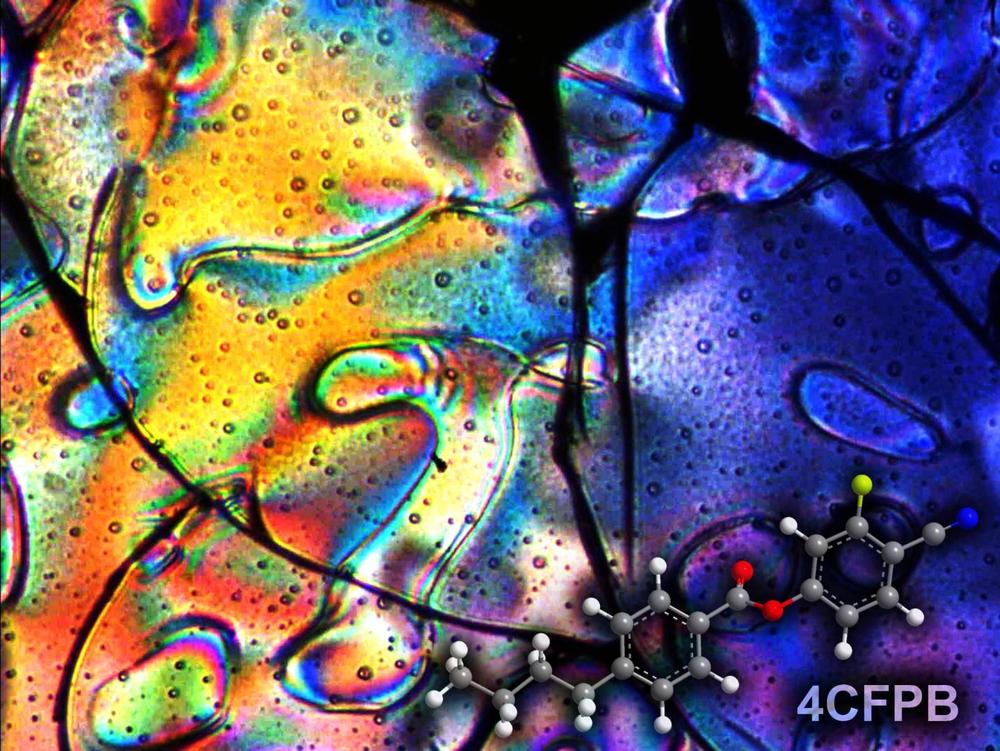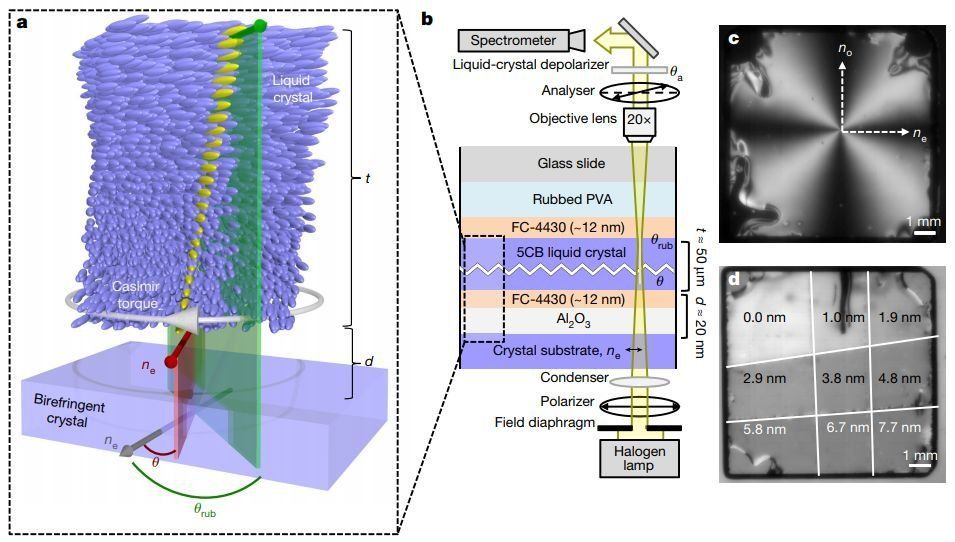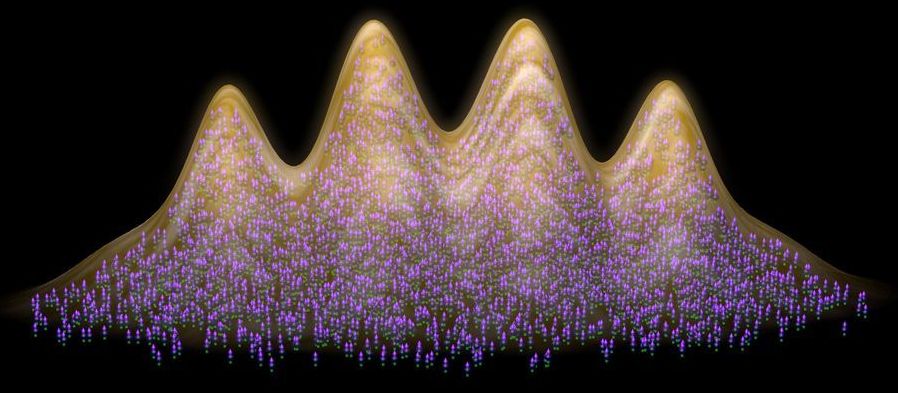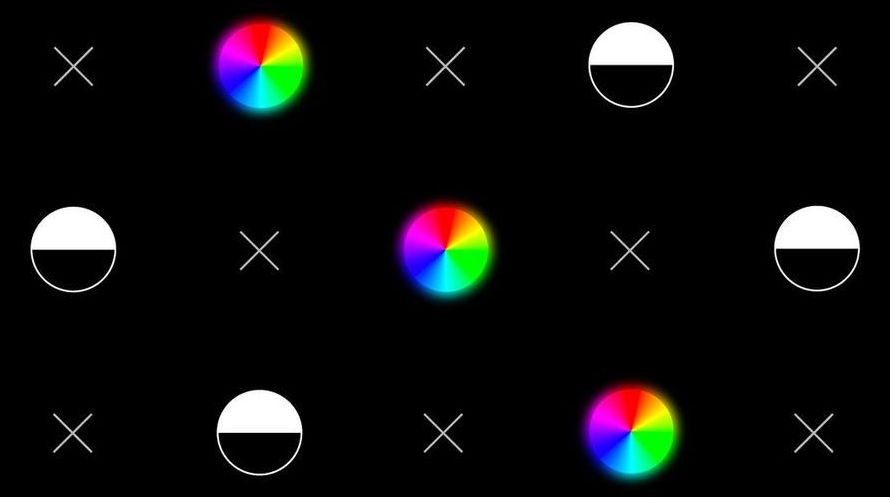Apr 24, 2019
Nanocomponent is a quantum leap for Danish physicists
Posted by Quinn Sena in categories: computing, internet, particle physics, quantum physics
University of Copenhagen researchers have developed a nanocomponent that emits light particles carrying quantum information. Less than one-tenth the width of a human hair, the miniscule component makes it possible to scale up and could ultimately reach the capabilities required for a quantum computer or quantum internet. The research result puts Denmark at the head of the pack in the quantum race.
Teams around the world are working to develop quantum technologies. The focus of researchers based at the Center for Hybrid Quantum Networks (Hy-Q) at the University of Copenhagen’s Niels Bohr Institute is on developing quantum communication technology based on light circuits, known as nanophotonic circuits. The UCPH researchers have now achieved a major advancement.
“It is a truly major result, despite the component being so tiny,” says Assistant Professor Leonardo Midolo, who has been working towards this breakthrough for the past five years.
Continue reading “Nanocomponent is a quantum leap for Danish physicists” »















